From The Weekly Standard:
Stop me if you’ve heard this before, but this will all get worse.
The discovery of (as of now) 12 explosive devices—or at least devices that look like bombs—sent to prominent Democrats ought to have been a moment for bipartisan reflection about the toxicity of our political culture. But this is 2018, and it has served only to accelerate our downward spiral of incivility, boorishness, and crazy talk.
In the last few days, the ongoing derangement of the American mind has been on full and lavish display, as some on the right embraced the bizarre conspiracy theory that suspected bombs may have been a “false flag,” planted by Democrats. ( Let’s blow up Soros to own the cons!) Now that police have arrested a suspect, Cesar Sayoc Jr., 56, of Aventura, Fla., and seized his van covered with bumper stickers and decals supporting Donald Trump, don’t expect those who adopted that theory to change their minds much beyond “Meh, he was clearly just a crazy person” or “Look at his criminal record!”
President Trump himself quickly pivoted to blaming the media (but not himself), and will continue to denounce his opponents as “evil,” and as “enemies of the people,” who “hate” America.
At the same time, in their zeal to place the blame solely on Trump, many on the left are insisting that they bear absolutely no blame for the boiling undercurrent of violence in our political culture. It has become an arch-heresy to even suggest that “both sides” bear some responsibility for this moment.
The result, of course, is familiar: an across-the-board refusal to engage in meaningful self-examination; a refusal to acknowledge the failures in your own tribe, while insisting relentlessly on the malignancy of the other tribe—its hatred, violence, and apparently bottomless capacity for deception and trickery.
So this will get worse. We live in combustible times and the president is the arsonist in chief. But he’s not alone.
As I mentioned on the Daily Standard podcast Thursday, it’s ludicrous to claim that “only one side” is responsible for political violence: Just last year a gunman opened fire on Republican congressmen practicing for a baseball game and gravely wounded Representative Steve Scalise. Law enforcement officials later concluded that the shooting was “fueled by rage against Republican legislators,” and “an act of terrorism.”
Maine Senator Susan Collins received death threatsafter her vote confirm Brett Kavanaugh to the Supreme Court. Just this week, a Utah man was charged with sending a ricin-related threat to Trump and other administration officials. It’s not even new: Who can forget activist Bill Ayers, who declared (in a New York Times piece published on September 11, 2001) ''I don't regret setting bombs. I feel we didn't do enough.”
But, his critics insist, Donald Trump plays a unique role here. And they are right; presidents are supposed to be a unifying symbol in times of stress, but Trump can barely go through the motions.
Both as a candidate and as president, he has used his extraordinary megaphone to push the envelope of acceptable discourse and behavior, not merely by the crudity of his attacks on his foes, but by his cultivation of a menacing swagger as a sign that “he fights.” He has openly encouraged violence against protesters at his rallies and celebrated the physical assault on a reporter who was body slammed. Perhaps inevitably, his supporters/followers have often modeled their language and behavior on his, especially as he has stoked anger against his critics and embraced conspiracy theories about their malevolent plans to destroy America.
In a nation of more than 300 million, there are more than a handful of unbalanced individuals who might take all of this both literally and seriously.
That is what makes these times so dangerous and Trump’s behavior so reckless. Leadership matters.
In an age without gatekeepers, guardrails, or adults in the room, overheated rhetoric is a dangerous accelerant; if our opponents are Nazis, or every election is Flight 93, then violence becomes justifiable and perhaps inevitable.
Some of us are old enough to remember the 1960s, when riots and assassinations made violence and political murder seem almost commonplace. I can remember exactly where I was when John F. Kennedy, Robert F. Kennedy, and Martin Luther King Jr. were killed; I was in Chicago for the riots that surrounded the 1968 Democratic Convention. A would-be assassin tried to kill Gerald Ford in 1975; another nearly killed Ronald Reagan in 1981.
Since then, we have lived through a period of relative peacefulness, but the potential for violence has always been there, just beneath the surface. In the years since that spasm of violence, we have not evolved into a more peaceful species, and both history and human nature tell is that tribal hatreds can easily become tribal violence, which is why the norms of civility matter.
In our Nietzschean win-at-all-costs politics that demands supermen rather than statesmen, civility is often derided as a pale and etiolated value (it was only a few weeks ago that Hillary Clinton said this was no time for Democrats to be civil and Eric Holder suggested kicking one’s political opponents). But the emphasis on civility is not a matter of soft-heartedness or even etiquette; it is a hard-headed recognition of human nature and the dangers of unbridled toxic tribalism.
We forget that at our peril. Our politics is always just a few steps away from The Lord of the Flies, as streets fights break out between the Brown Shirts and the Reds, between the Proud Boys and Antifa in contests of street thuggery.
Unfortunately, we know where that leads.
